David A. Aaker discusses how you can manage a brand as a strategic asset and a source of competitive advantage. He describes several companies’ work at length, including Saturn, General Electric, Kodak, Healthy Choice, McDonald’s, and many others. Aaker shows how you should consider a brand as a product, a person, an organization and a symbol. Aaker offers an excellent in-depth look at many facets of brand development. However, he sometimes tends to go into extensive detail about slight differences in concepts and definitions. While he writes academically, he provides excellent basic principles you can apply to improve your brand.
Brands’ names or symbols can carry four major assets as well as liabilities.
To build a strong brand, build on the concept of brand equity. View your brand as having a series of assets or liabilities linked to its name or symbol. These qualities add to the value of your product or service. Managed effectively, the brand makes your product even more valuable. Badly managed, the brand’s assets can decline. For example, this can happen when a brand becomes associated with old-fashioned products. A brand offers four major categories of assets:
- The name awareness associated with the brand.
- The quality of the brand as perceived by customers.
- The loyalty customers have to the brand.
- The associations customers have with the brand.
To build a strong brand, invest in increasing the value of these four assets. By doing so, you create a number of benefits, including reducing marketing costs, attracting new customers, giving customers more reasons to buy, and associating additional positive attitudes and feelings with your brand.
Brand awareness and recognition reflect how strongly...
David A. Aaker is a professor of marketing strategy at the Haas School of Business at the University of California at Berkeley. He has written ten books and more than eighty articles on branding, advertising, and business strategy. He lectures widely and consults for companies in the United States, Europe, and Japan.



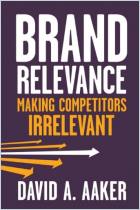

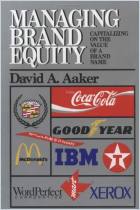
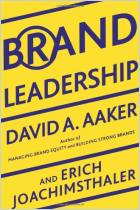
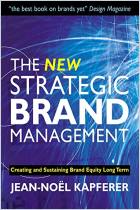
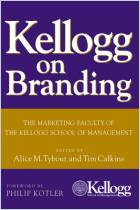
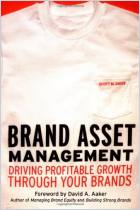
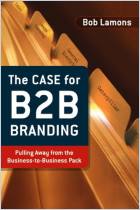
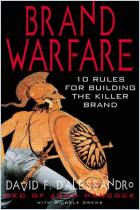





Comment on this summary